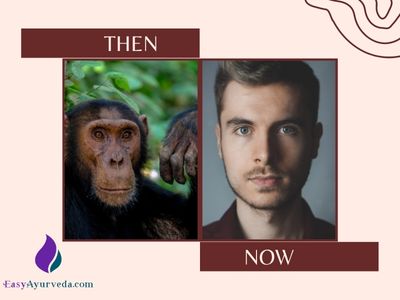Nose Breathing Benefits, How to do?
In the book called Breath – New Science of a lost art, James Nestor beautifully explains how many thousands years ago, we were all breathing through our noses and how we have become mouth breathers.
Table of Contents
Cause for mouth breathing
Moving air is very powerful. In a child with mouth breathing, the air moving in and out has the power to derange teeth. The slowly moving air can cause gaps between teeth.
There is a rule called use it or lose it. For example, biceps muscles. More we use it, the stronger it becomes. Less we use it, the weaker it becomes. Similarly, once we get into the habit of mouth breathing, less air movement is there through the nostrils and this, over a period of time, decreases the lumen of the nostrils.
In the ancient times, when the man was hunting and gathering, brain size was less and nasal and oral cavities and jaws were very well developed. As we evolved with intelligence, to supply the required memory and RAM size, the brain became bigger.

From shearing and chewing raw meat, we started eating softer foods such as cooked meat, grains and vegetables. So, a less stronger oral cavity was sufficient.
From walking 10s to 100s of kilometers everyday, we barely walk 100 meters everyday. So, breathing oxygen capacity requirement has reduced drastically, so, our nasal cavities have also shrunk.
Brain is occupying more space, shrinking the space available to nasal and oral cavities, writes author James Nestor.
Health problems of mouth breathing
The air that we breathe should be warm, moist and filtered. This is ideal, which we are not doing while breathing through our mouths. Rather, mouth breathing leads to dryness of mouth and nasal cavity, inhaling impure air and could be causing us allergic rhinitis and such other group of respiratory disorders, including Asthma. (1)
It even can cause anxiety, lack of clarity in thinking, hurriedness, stress etc.
Tips to do nose breathing?
Just a 2 – 3 minutes reminder can reverse the whole process back to nasal breathing.
During our prayers / meditation session, after Pranayama, just 1 – 2 minutes of concentrated nasal breathing holding the upper lip tightly closed can help it.
Read: How to do Pranayama?
Initially it can be difficult to remember and practice. For someone who has done mouth breathing for many years, nasal breathing can be irritating and uncomfortable in the beginning.
But with practice for a few months, slowly, the nasal passages start opening up and you definitely will become better with the art of nose breathing.
Ayurvedic therapies such as
Nasya – nasal drops
Herbal Smoking – Dhoomapana
and
Oil pulling are also useful to improve the health of nasal and oral passages and will definitely help with nose breathing.
Article by Dr JV Hebbar






